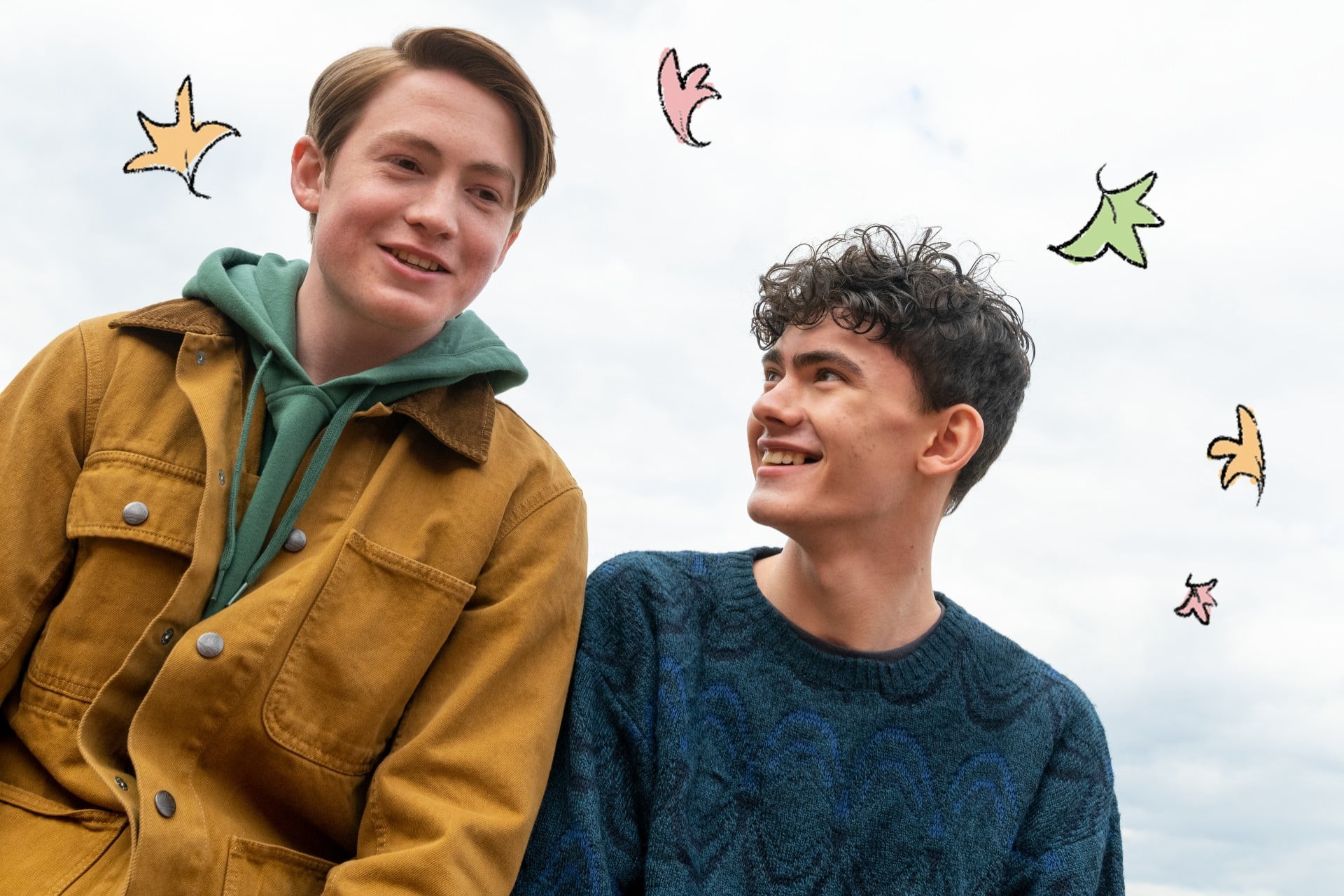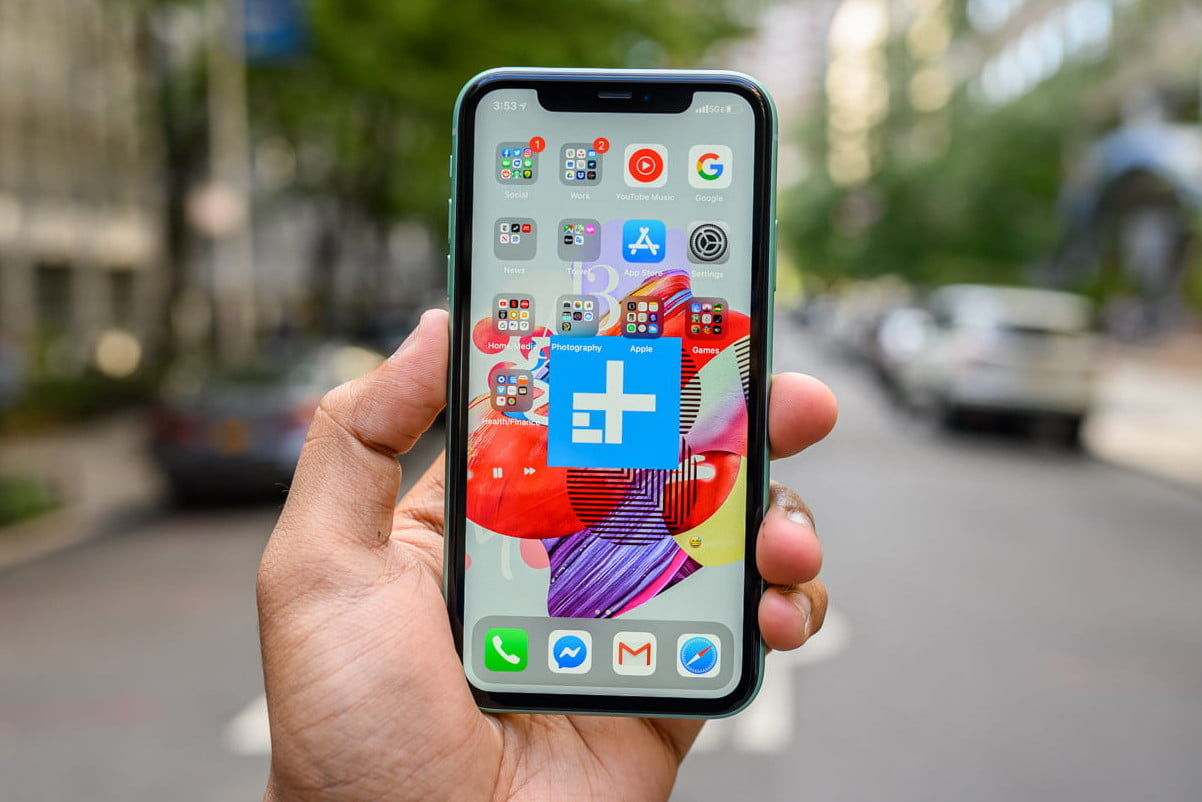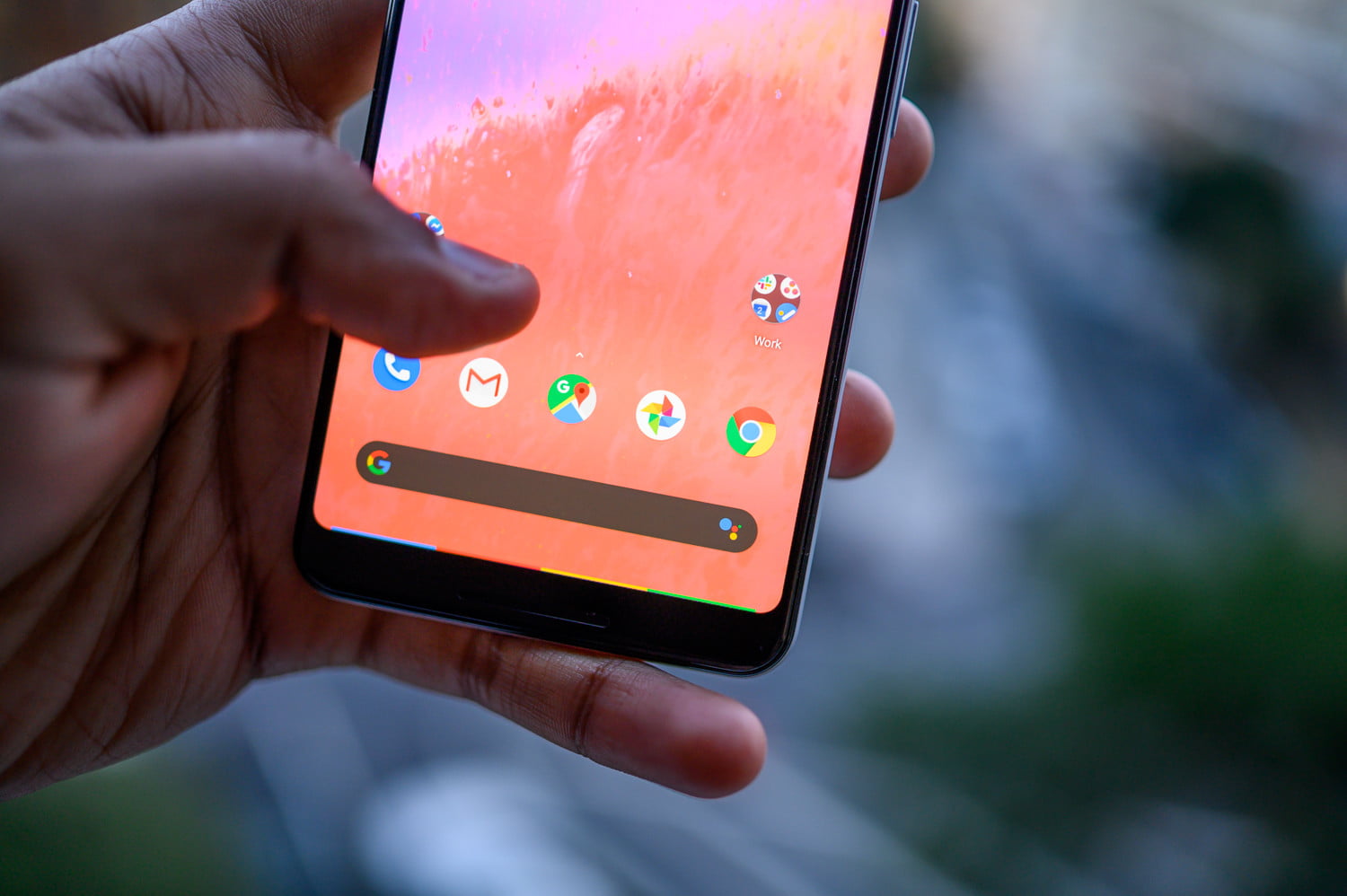Imagine if the music of Belle and Sebastian had been translated into episodic form, and you’d get something like Heartstopper. The Netflix series, about a gay British teenager falling in love with his straight (or is he?) best friend, is twee to a fault, and it wears its nervous little heart on its perfectly tailored sleeve. It’s sentimental, ingratiating, charming, and ridiculous. It’s also compulsively watchable, and one of the few teen-centric series that stays mostly true to the highs and lows of young romance.
Love, Charlie
Based on the webcomic by Alice Oseman, Heartstopper centers on Charlie (Joe Locke), the latest in a long line of shy, geeky, and endearingly awkward teen protagonists. Outcast at his British school due to his recently proclaimed queer identity, Charlie’s only friends are Tao (William Gao), a film buff not unlike Ezra Miller’s character in The Perks of Being a Wallflower (and almost as annoying); Isaac (Tobie Donovan), who isn’t given much to do besides read books and give awkward hugs; and Elle (Yasmin Finney, outstanding), a trans girl who is experiencing growing romantic feelings of her own.
At the start of a new school term, Charlie is assigned to sit next to Nick, a star rugby player who quickly bonds with him. Soon, the two become friends, with Nick convincing the unathletic Charlie to join the rugby team so they can spend more time together. Private practice sessions lead to all-night texting marathons, which causes Charlie to develop a crush on his new friend and Nick to start questioning both his role in the high school hierarchy and his burgeoning feelings for Charlie.
Breaking old ground
If this all sounds familiar, well, it is. The series doesn’t break new narrative ground, nor does it really try to. And it can’t escape the downsides of the genre: The bullies driving a wedge between Charlie and Nick’s blossoming relationship, the inspiring teacher who exists only to impart words of wisdom, the best friend who feels slighted by Charlie’s romance, and the climactic “Big Game” (or, in Heartstopper‘s case, a “Big Concert” as well) that forces a resolution to most of the character’s problems. The show at times feels like it’s checking off obligatory story beats and stock characters, as if any content with a predominantly teen cast needs to have a one-note villain or a trumped up plot device like a house party that forces multiple characters together — even though they’d never be in the same place.
What Heartstopper excels in, and what makes it stand out from shows like Euphoria (with its twenty-something actors playing teens spouting dialogue no one would ever say in real life, ever) and Love, Victor (with its retro Degrassi-like approach to topical teen issues), are the lead performances and the way it looks. As Charlie and Nick, Joe Locke and Kit Connor are believably gawky in a way only teenage boys that age are. Locke’s Charlie is an imperfect lead, effusive one moment and withdrawn the next, and every scene with him strikes the right balance of teenage angst and shoegaze romanticism. Nick may be the a school jock, but he’s just as riddled with uncertainty and anxiety as Charlie, and Connor does an excellent job at showing why he is so appealing to Charlie and how he is conflicted about his developing feelings for him. In a genre that frequently sacrifices realism for actors who look too pretty and too old to play adolescents, the two leads look, feel, and act like real teenagers. It’s a low bar that only a few shows surpass, and Heartstopper is one of them.
Golden hours
Visually, the series looks great. The director of photography, Diana Olifirova, likes golden hour key lighting, and almost every scene is bathed in a distinct glow that emphasizes the dreamy, romantic lyricism that is one of Heartstopper‘s biggest strengths. Whether it’s Charlie sitting in bed texting with a yellow “Music” neon sign above him, or both Nick and Charlie making snow angels in a backyard, the show’s cinematography creates an intimacy that makes you feel connected to the characters and really care what happens to them.
Another noteworthy visual tic is the show’s use of animation to puncture key dramatic moments, usually between Nick and Charlie, but for other characters as well. When Nick and Charlie’s hands first touch, the moment becomes electric for both of them, as tiny animated fireworks erupt between them. Later on, when Elle starts to develop feelings for a boy, tiny hearts float around her as she looks at the object of her affection. This is, of course, a callback to the show’s graphic novel origins, and while the pilot episode used this technique a bit excessively, the rest of the series utilizes it sparingly and intelligently, never pushing the preciousness of the material too much for viewers to take.
Like any high school crush, Heartstopper gets worse the more you think about it. We’ve seen this coming out story before, and other shows like Sex Education and the third season of Skam (particularly the original Norwegian series and the French remake) dealt with similar themes more artfully and intelligently. Yet, Heartstopper is a keeper, because there’s an honesty and wide-eyed idealism in the central romance that just isn’t seen very much. The show is a vibe, as the kids say, and you either get it or you don’t. I got it, and I want more.
Heartstopper starts streaming on Netflix April 22.


